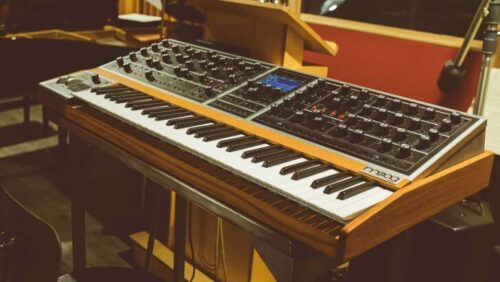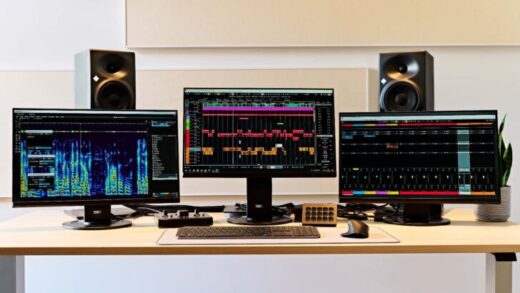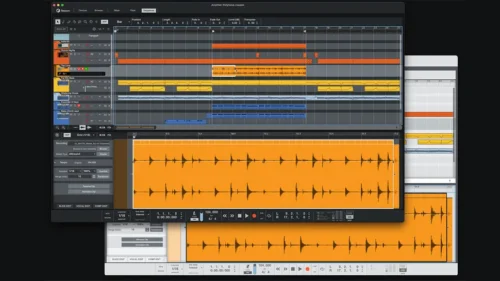Moog One Uber-Synth Discontinued!

We have not seen any official announcement on this yet from Moog Music, but European synth retailer Turnlab has shared that the Moog One uber-synth is now discontinued.
“Moog One is now Discontinued (EOL),” according to Turnlab. “We were quick with sharing it. Guess the news will find its way online soon…”
The Moog One was introduced in 2018, and was Moog’s first polyphonic hardware synth in more than three decades. There are two versions: the 8-voice Moog One, originally priced at $5,999; and the 16-voice Moog One, originally priced at $7,999. Both offer synthesis capabilities not found in any previous Moog keyboard.
Essentially three independently addressable polysynths in one, the Moog One tri-timbral architecture lets you assign, split, layer, and stack voices, with up to 48 oscillators in Unison mode. Each synthesizer features its own step sequencer, arpeggiator, and effects processor.
The Moog One features a sound engine that they describe as ‘the most advanced architecture ever conceived for a Moog synthesizer.’
Per voice, the Moog One features:
- Three analog voltage-controlled oscillators (VCOs);
- Two independent analog filters (a Variable State filter and a Moog Ladder Filter) that can be run in series or parallel;
- A dual-source variable analog noise generator;
- An analog mixer with external audio input;
- Four LFOs; and
- Three envelope generators.
The combination of the Moog One’s tri-timbral architecture, deep analog synth voice and high-end effects engine make it an extremely capable instrument. Here’s a Moog One improvisation by synthesist Lisa Bella Donna that showcases the instrument’s performance capabilities:
*Note: We have not seen any official announcement on this yet from Moog. We will update this, as we learn more.




